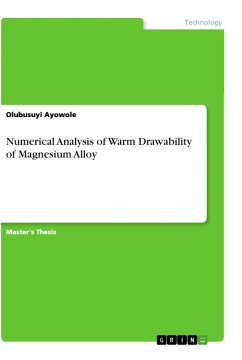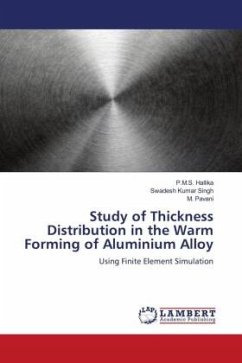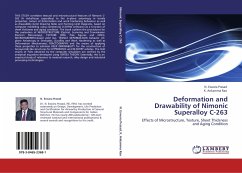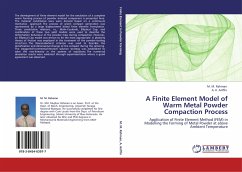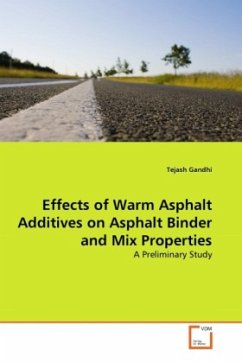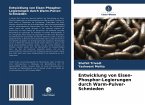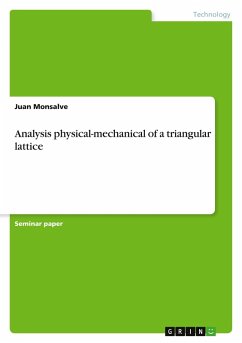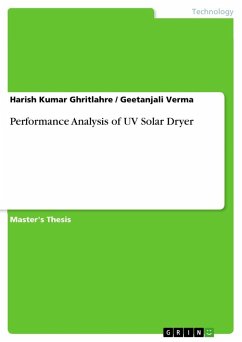Master's Thesis from the year 2015 in the subject Engineering - Mechanical Engineering, grade: 5.0, University of Lagos, course: Mechanical Engineering, language: English, abstract: In this research work, a finite Element Simulation of the non-isothermal warm deep drawing of a cylindrical cup, formed from a 1.45mm thick disc of Mg Alloy AZ31, was carried out with the commercial FE software ANSYS.Despite being the lightest structural metal, magnesium alloys have been required to be processed at elevated temperatures because of their poor workability at low temperatures due to their hexagonal closed-packed (HCP) crystal structure. A deep drawing die set designed and drafted with the aid was subsequently constructed and a deep drawing process was carried to test run the practicability of the die set. From the simulation results, the deep drawing of AZ31 took place more effectively under warm working conditions compared to when carried out at room temperature. Under a non-isothermal warm working condition, the blank holder force, drawing speed and the punch hole radius were varied with one another to investigate their effects on the warm drawability of the alloy, with the results indicating that the drawing speed and the punch radius affect the warm drawability of the material more than the blank holder force.Judging from the results obtained from simulation as compared to observations made from the test run experiment, it was noted that the material fails due to tearing, when the punch radius is too small, and that wrinkling takes place when the punch radius is too large. It was therefore concluded that, to obtain a desirable quality of job in the warm deep drawing of AZ31, a numerical/experimental optimization procedure is much helpful in the determination of the best value for the punch radius.
Hinweis: Dieser Artikel kann nur an eine deutsche Lieferadresse ausgeliefert werden.
Hinweis: Dieser Artikel kann nur an eine deutsche Lieferadresse ausgeliefert werden.

